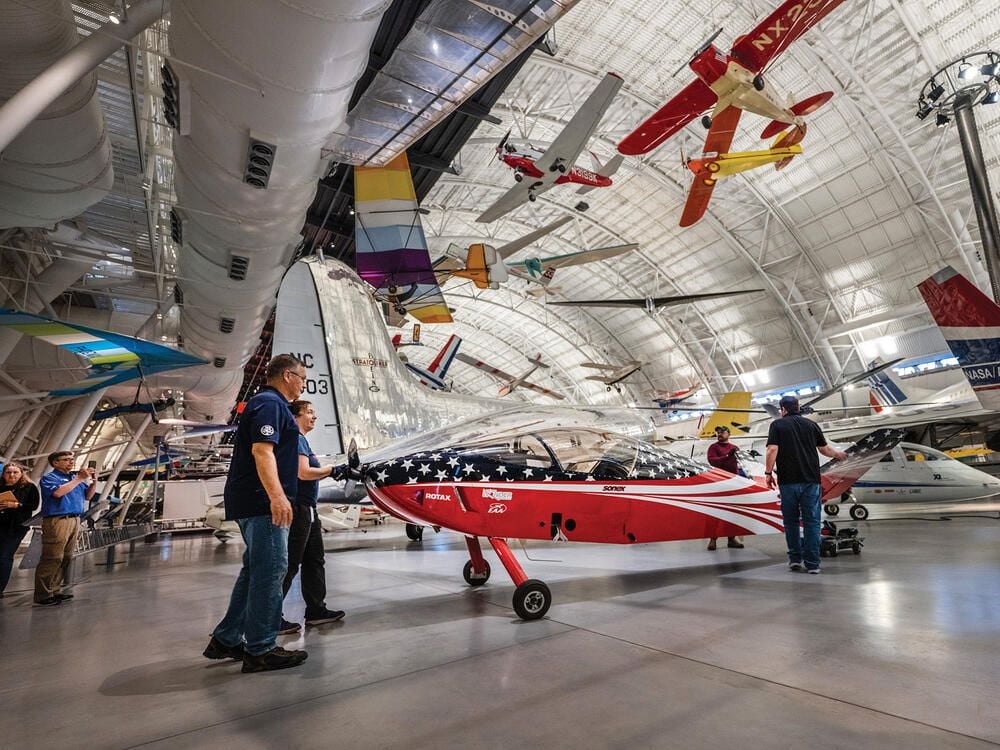How to Build an Airplane in Seven Days
Aircraft manufacturing doesn’t have to be a commercial activity.

A group of aviation enthusiasts—many of whom lacked any building experience—proved it could be done in just a week. More than 2,200 volunteers at the Experimental Aircraft Association’s (EAA) 2022 AirVenture in Oshkosh, Wisconsin, pitched in to build a Waiex-B (pronounced “Y-X-B”), a two-place, Y-tail airplane designed by Sonex Aircraft. It is available as a $50,000 kit.
The volunteers began on Monday, July 25, and, on the following Sunday, the “One Week Wonder” made its first taxi, followed by its first flight a few weeks later. The Waiex-B can fly more than 500 miles on a tank of fuel.
EAA’s goal was to show the world that anyone can construct an airplane. “I don’t know of any other place on Earth that a group of people can come together, who have never met, never worked together, and build an airplane in a week,” Oshkosh resident Jim Cunningham told a local news station.
The One Week Wonder was part of the EAA’s aircraft collection—until an agreement was reached this year with the National Air and Space Museum for it to be displayed at the Steven F. Udvar-Hazy Center in Chantilly, Virginia, which exhibits thousands of aviation and space artifacts, including the space shuttle Discovery, a Lockheed SR-71, and a Concorde.
“This airplane will impress visitors with the innovation and technology that is everywhere in the homebuilding movement and recreational aviation,” said Russell Lee, curator of homebuilt aircraft at the National Air and Space Museum. “Although one of the smallest airplanes displayed at the Udvar-Hazy Center, its power to excite visitors about the freedom of flight equals the largest aircraft displayed here.”
Mark Strauss is Air & Space Quarterly’s managing editor.
This article is from the Summer 2025 issue of Air & Space Quarterly, the National Air and Space Museum's signature magazine that explores topics in aviation and space, from the earliest moments of flight to today. Explore the full issue.
Want to receive ad-free hard-copies of Air & Space Quarterly? Join the Museum's National Air and Space Society to subscribe.